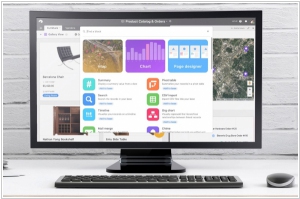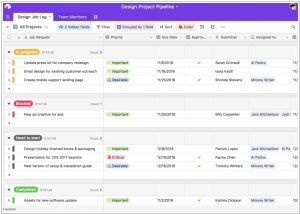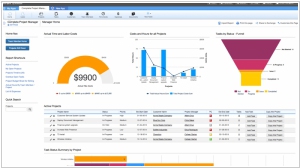Airtable vs QuickBase
May 25, 2023 | Author: Michael Stromann
Airtable and QuickBase are both popular low-code database platforms that offer powerful features for organizing, managing, and collaborating on data-driven projects. However, they differ in their approach and target audience. Airtable is known for its intuitive spreadsheet-like interface combined with relational database capabilities, allowing users to create flexible databases, organize data in customizable tables, and visualize information using various views. It emphasizes ease of use and visual appeal, making it suitable for individuals, small teams, and creative projects that require a flexible and visually appealing data management solution.
On the other hand, QuickBase is a robust and scalable platform that focuses on building custom business applications with advanced automation and integration capabilities. It offers a range of pre-built application templates and extensive customization options, allowing businesses to create tailored solutions for project management, CRM, workflow automation, and more. QuickBase targets medium to large enterprises that require sophisticated application development and integration capabilities.
See also: Top 10 Low-Code Platforms
On the other hand, QuickBase is a robust and scalable platform that focuses on building custom business applications with advanced automation and integration capabilities. It offers a range of pre-built application templates and extensive customization options, allowing businesses to create tailored solutions for project management, CRM, workflow automation, and more. QuickBase targets medium to large enterprises that require sophisticated application development and integration capabilities.
See also: Top 10 Low-Code Platforms
Airtable vs QuickBase in our news:
2020. Airtable raises $185M and launches new low-code and automation features

The no-code platform and spreadsheet-centric database, Airtable, has successfully raised $185 million in a Series D funding round. Alongside this milestone, the company is introducing new low-code features, automation capabilities (reminiscent of IFTTT for Airtable), and enhanced data management functionalities. While Airtable's pre-built blocks previously allowed users to incorporate maps, Gantt charts, and other features into their tables, there comes a point where the built-in functionality may not meet all user requirements, necessitating the need for custom tools (referred to as an "escape valve" by Liu, Airtable's CEO). To address this, Airtable has introduced Airtable Apps, enabling more advanced users to build additional functionality using JavaScript. Furthermore, users have the option to share their custom capabilities with others through the newly introduced Airtable Marketplace. These developments empower Airtable users to create more sophisticated and tailored solutions to meet their specific needs.




